You are viewing ARCHIVED content published online before January 20, 2025. Please note that this content is NOT UPDATED, and links may not work. Additionally, any previously issued diversity, equity, inclusion or gender-related guidance on this webpage should be considered rescinded. For current information, visit https://www.blm.gov/blog.
Progress on public lands: BLM's top stories of 2023
Two new national monuments, efforts to put conservation on equal footing with other public land uses, and proposals to advance clean energy are just a taste of all the Bureau of Land Management is proud of this past year. Here are some of our top stories of 2023 that lay the groundwork for continued momentum in 2024 and beyond.
- Public Lands Rule
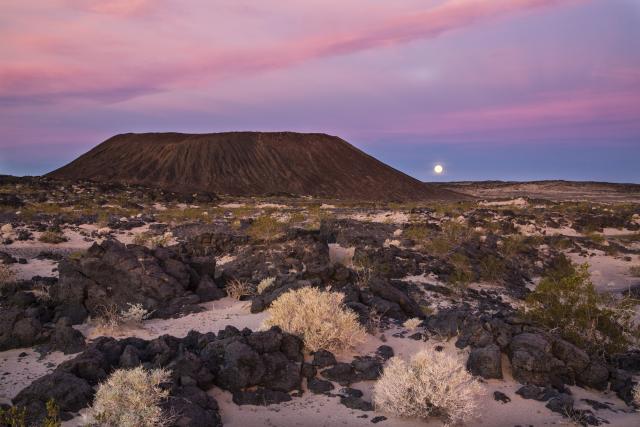
In March, BLM proposed a draft rule aimed at helping safeguard the health of our public lands for current and future generations. The Public Lands Rule would put conservation on equal footing with other uses of our public lands. It would protect our clean water and wildlife habitat, restore lands and waters, and inform wise management decisions based on the best available science, data, and indigenous knowledge.
- Proposed protections in the Arctic
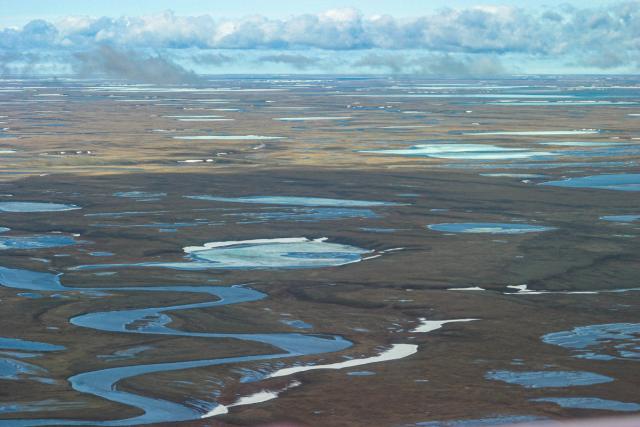
In November, BLM proposed a rulemaking designed to protect ecologically sensitive areas covering about 23 million acres of public lands in the National Petroleum Reserve in Alaska. The proposed rule would prohibit any new oil and gas leasing on 10.6 million acres and limit future leasing and industrial development in areas with globally significant, intact habitat for wildlife, including grizzly and polar bears, caribou, and hundreds of thousands of migratory birds. Tribal Nations and Indigenous communities rely on subsistence activities in the reserve, harvesting caribou, shore and waterbirds, and many other fish and wildlife species, with many communities subsisting primarily from food harvested there.
- New national monument near the Grand Canyon
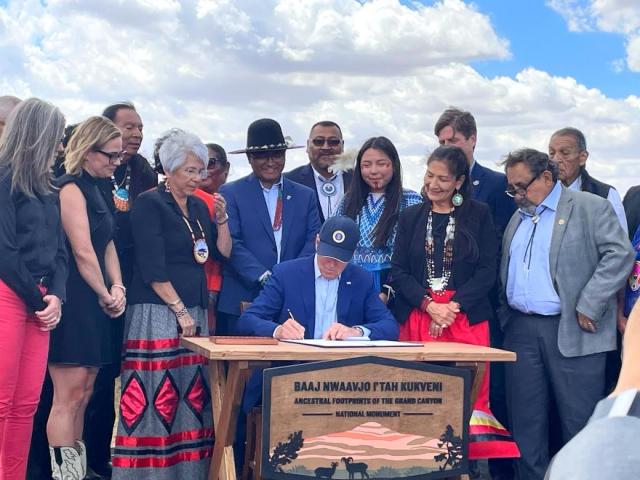
In August, President Biden established the new Baaj Nwaavjo I’tah Kukveni - Ancestral Footprints of the Grand Canyon National Monument in Arizona. Managed by BLM and U.S. Department of Agriculture Forest Service, the monument’s name reflects the deep interconnection between the land and its Tribal Nations. The Havasupai call the land baaj nwaavjo, or “where Indigenous peoples roam” and the Hopi call it i'tah kukveni or “our ancestral footprints.” The monument protects about 900k acres of plateaus, canyons, and tributaries supporting a remarkable diversity of wildlife and plants including bison, mule deer, elk, desert bighorn sheep, and rare or endemic species of cactus.
- Avi Kwa Ame National Monument designation
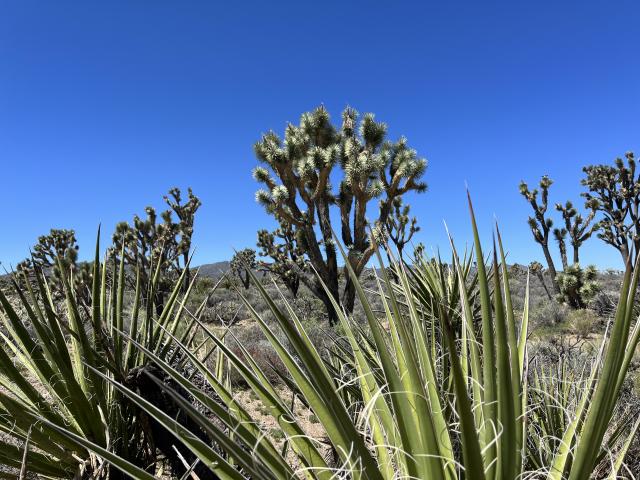
In March, President Biden signed a proclamation establishing the Avi Kwa Ame National Monument in Nevada and managed by BLM and the National Park Service. This designation protects approximately 506,814 acres of lands sacred to indigenous peoples, as well as historically and scientifically important features. The designation will also grow America’s outdoor recreation economy while conserving our public lands. The area is home to one of the world’s largest Joshua tree forests and provides continuous habitat or migration corridors for species such as the desert bighorn sheep, desert tortoise, and Gila monsters.
- Restoration Landscapes

During the course of the year, BLM infused $161 million into ecosystem restoration and resilience on the nation’s public lands as part of President Biden’s Investing in America agenda. This work focuses on 21 “Restoration Landscapes” across 11 western states ranging from restoring high desert sagebrush steppe wildlife habitat to re-creating wetland meadows to repairing watersheds on former industrial timberlands.
- Proposed Renewable Energy Rule
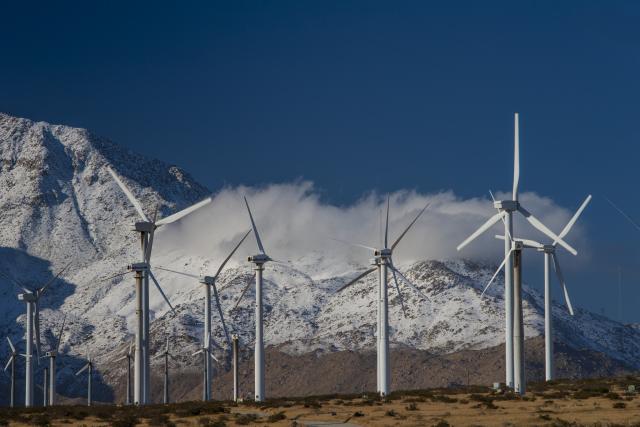
In June, we announced a proposed rule to update renewable energy regulations to bolster solar and wind development on public lands. The proposal would reduce project fees by about 80%, streamline review of applications, expand acceptance of leasing applications in priority areas, and provide greater certainty for developers to build clean energy infrastructure. The rule is a significant step to meet the Biden-Harris administration’s efforts to permit 25 gigawatts of clean energy on public lands by 2025 and transition to 100 percent carbon-free electricity by 2035.
- Proposed Onshore Oil and Gas Leasing Rule
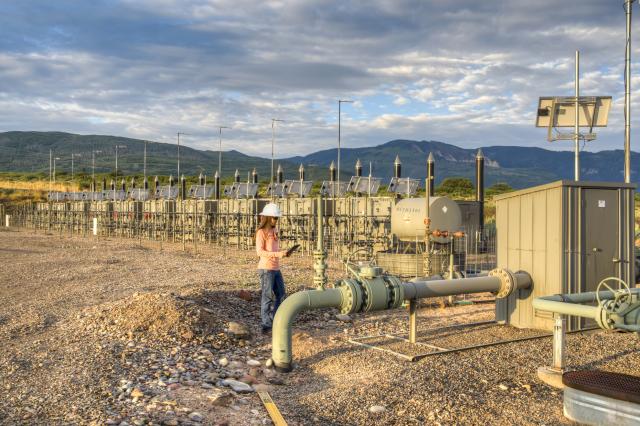
In July, we announced proposed updates to BLM leasing regulations. The proposed rule is BLM’s first comprehensive update to the federal onshore oil and gas regulatory framework in decades. The proposed rule would better protect cultural and natural resources by steering oil and gas development away from important wildlife habitat and cultural sites, and instead toward lands with existing infrastructure or high production potential. The proposal would also provide a fair return to taxpayers by codifying provisions of the Inflation Reduction Act to raise royalty rates paid on extracted resources, raise the minimum bid per acre for lease sale auctions, and raise the minimum lease rental rates.
- Blueprint for 21st Century Outdoor Recreation
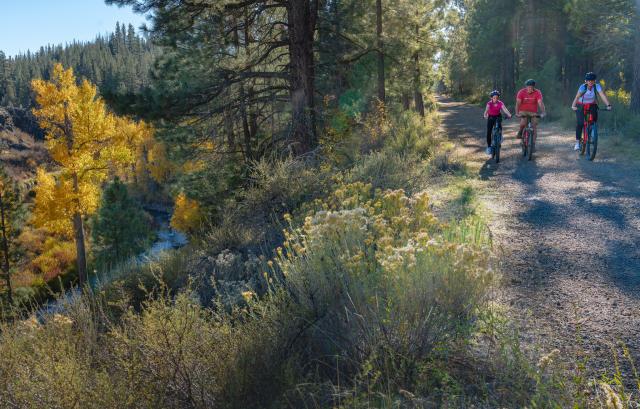
In September, BLM released a plan to inform recreation management on America’s public lands. Managing for recreational opportunities is a core tenet of BLM’s multiple use mandate facing greater challenges as demands for recreation on public lands steadily rise. The Recreation Blueprint will guide how BLM partners with the new Foundation for America’s Public Lands to improve recreation opportunities and prioritize investments and staffing appropriate for current and future needs.
- Proposed Methane Waste Rule
BLM developed a proposed rule to limit the methane waste created through excessive venting and flaring of natural gas. If finalized, this rule will update regulations unchanged in more than 40 years and account for modern technologies in the oil and gas industry. By requiring operators on federal and Tribal lands to reduce waste and requiring those who emit excess waste pay appropriate royalties to the public or Indigenous mineral owners, this proposal is expected to save enough energy to heat and light about 12,500 homes per year.
- More than 8k wild horses and burros find new homes
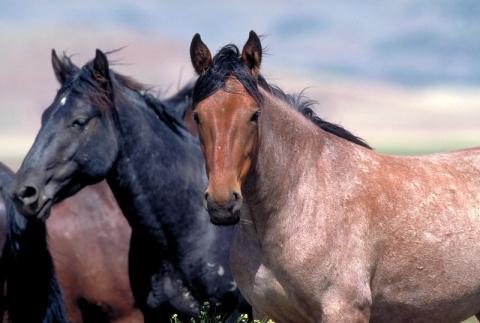
BLM helped find forever homes for 8,045 wild horses and burros this year – saving American taxpayers more than $181 million in fiscal year 2023. Finding good homes for these animals is not only rewarding for adopters and BLM Wild Horse and Burro Program staff, but it also supports our important efforts to keep animals and habitats healthy and in balance with local ecological needs. BLM found more than 290,000 wild horses and burros new homes since the Wild Free-Roaming Horses and Burros Act passed in 1971. Read stories from happy adopters on our Tales from the Trails blog.
BLM Press
Related Stories
- BLM recreation sites available to all: Exploring accessibility on California’s public lands
- A day on patrol with BLM Arizona Ranger Rocco Jackson
- BLM recreation sites available to all: Exploring accessibility on Arizona’s public lands
- Overcoming challenges to move the BLM forward: Nikki Haskett
- A day in the life of a BLM Hobbs Petroleum Engineering Technician
